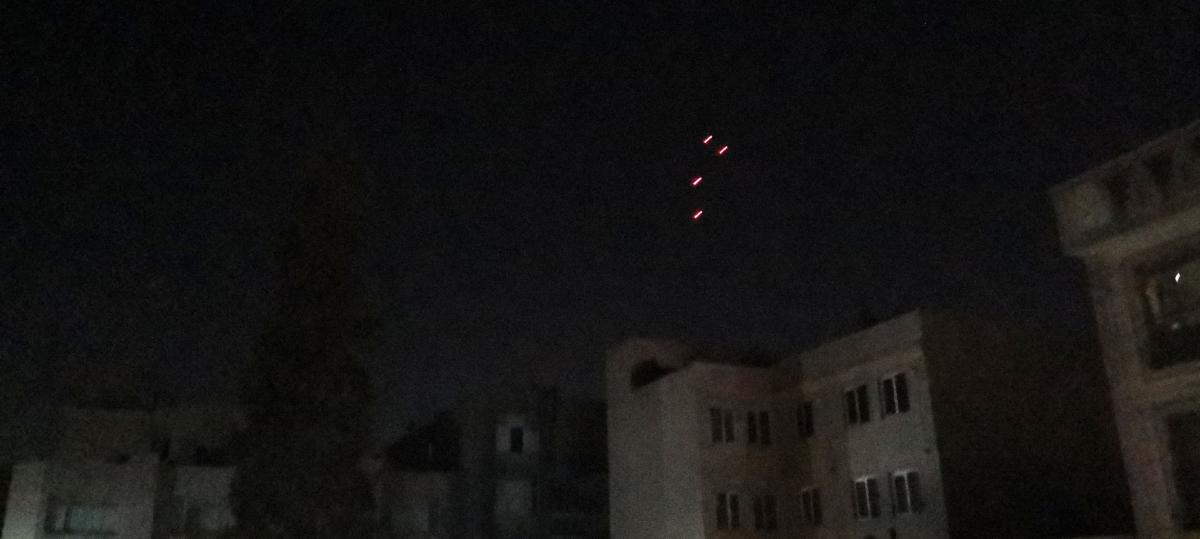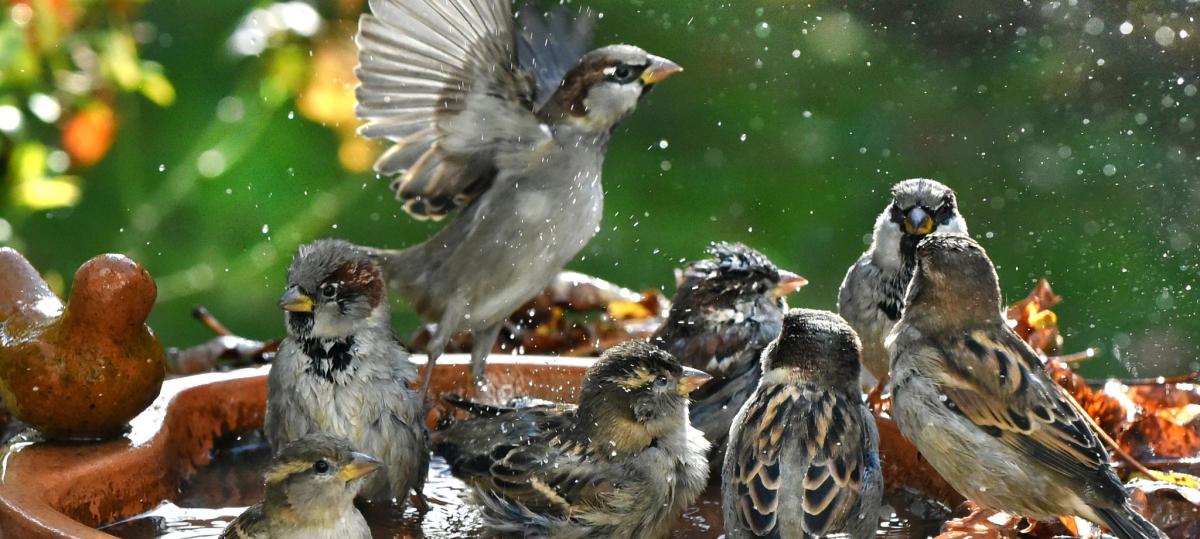High warning level in parts of the Free State

Allergy sufferers should have noticed the constantly running nose, the watery eyes or scratching in the throat: The pollen season is in full swing. Spring has already given Bavaria for a few mild weeks, which is why a particularly large number of plant species are blooming. This increasingly leads to pollen flight. There are two types of pollen in the Free State.
The German Weather Service (DWD) shows the Current pollen pollution For the different types in his Pollen flight risk index (external link) for all of Germany. For April 23, the card shone in large parts in warning red when looking at the load through two types of pollen.
Pollen flight in Bavaria: Currently Birch and Esche very active
Accordingly, with the exception of Lower Franconia, the second highest of seven stress intensities (red, medium to high) applies to birch. In Lower Franconia, however, the birch pollen flight is also strong and only one category lower (orange, medium).
But a second pollen type is particularly active in the Free State: Ash. The DWD hazard index shows the third highest level orange (medium) throughout the Free State.
Pollen pollution currently high in Bavaria
The electronic pollen information network (Epin) of the Bavarian State Office for Health and Food Safety also has high pollen concentrations. For this, the pollen flight is measured at eight locations in Bavaria. The diagram confirms that Birke and Esche are the most active. For the Ash Up to 39 pollen per cubic meter of air were measured on April 22nd, for which birch Up to 29.
People who have allergies to these two types can currently prepare for, for example, that they always have the allergic material of their choice ready or avoid the stay outdoors at the time when the concentration is highest.
Pollen are more aggressive due to climate change and air pollution
According to the DWD, the intensity of allergic symptoms from person to person varies, but « there is a close connection between the strength of the symptoms and the number of pollen in the air ». Studies also show that Make climate change and air pollution more aggressive these days When they were in past decades.







